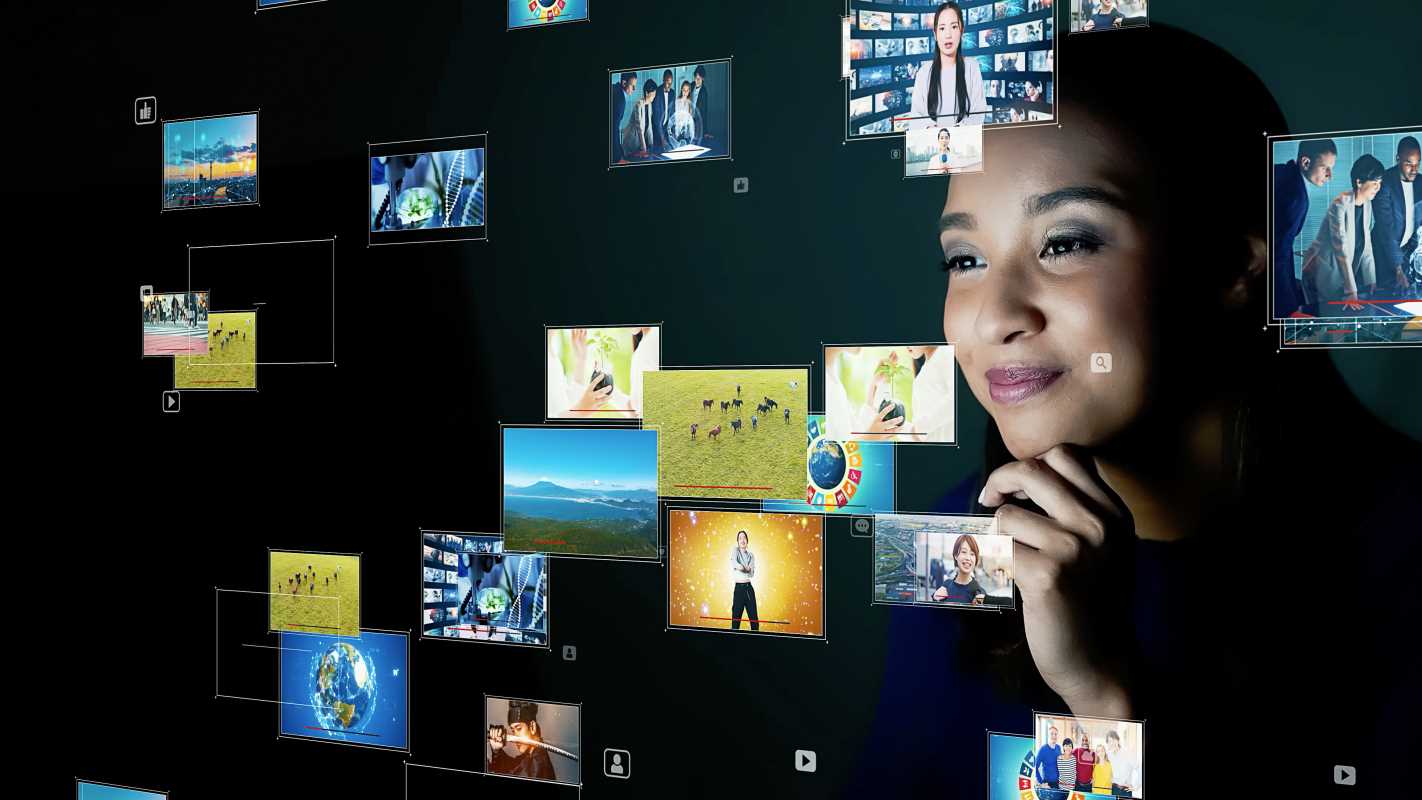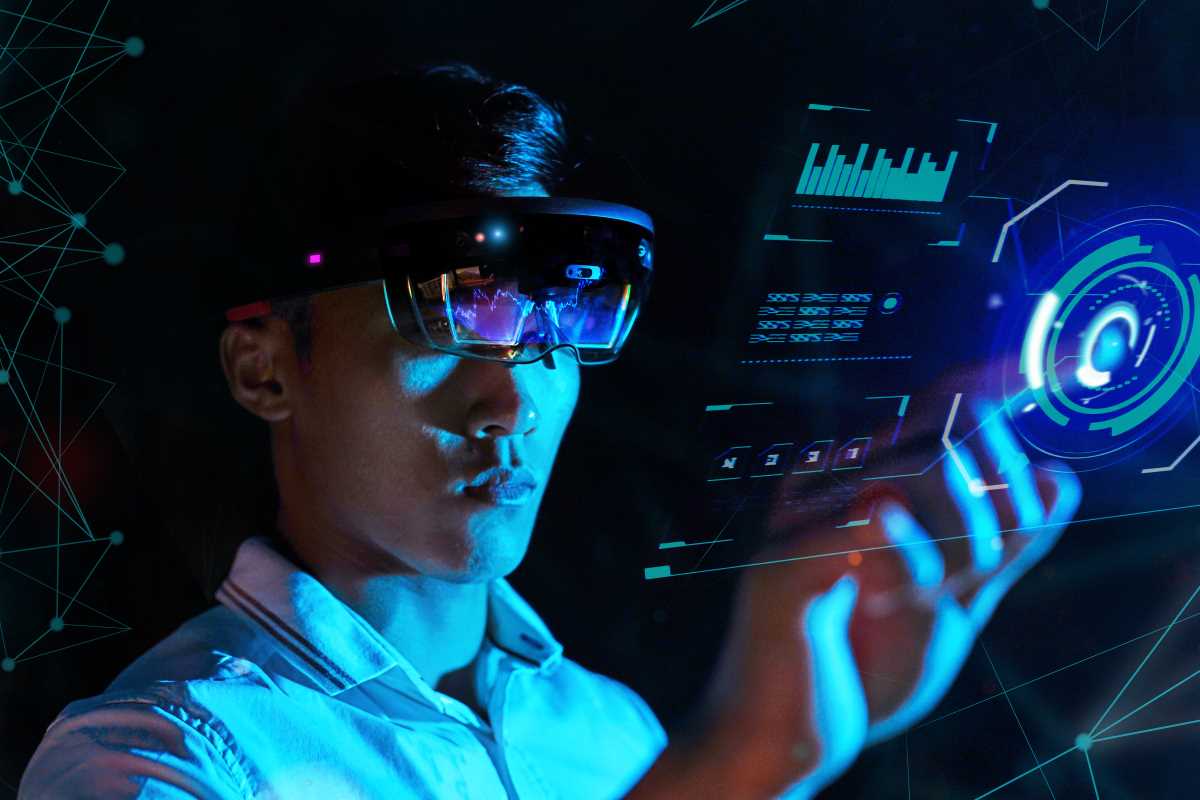Holographic technology, long considered a hallmark of science fiction, is increasingly becoming a practical and transformative tool in entertainment and communication. By creating three-dimensional, lifelike projections, holograms have the potential to revolutionize how we consume media, interact with content, and communicate with one another. From immersive concerts to innovative business solutions, holography is shaping a future where visual experiences transcend screens and physical limitations.
What Is Holographic Technology?
Holography is a method of recording and projecting light to create three-dimensional images that appear to float in space. Unlike traditional two-dimensional displays, holograms allow viewers to perceive depth, making the images more lifelike and interactive. Holograms can be created using various techniques, including laser-based systems, augmented reality (AR) devices, and advanced projection methods.
In recent years, advances in optics, computing power, and data processing have made holography more accessible and scalable, enabling its application across numerous industries, particularly in entertainment and communication.
Holography in Entertainment
Holographic technology has made significant inroads into the entertainment industry, offering audiences new ways to experience music, film, and live performances.
1) Immersive Concerts and Performances
- Holographic performances have garnered widespread attention for their ability to bring deceased artists back to the stage or create virtual renditions of live performers. Iconic examples include holographic concerts featuring late artists like Tupac Shakur, Michael Jackson, and Whitney Houston.
- These events leverage holography to create hyper-realistic projections that perform alongside live musicians, offering audiences a unique and emotionally charged experience. Additionally, live-streamed holographic performances allow artists to "appear" simultaneously in multiple locations, expanding their reach and reducing travel-related environmental impacts.
2) Film and Gaming
- The film industry is exploring holography to create immersive storytelling experiences. Holographic displays can place audiences directly into the action, allowing viewers to engage with characters and environments in unprecedented ways.
- In gaming, holograms are enhancing interactive experiences by integrating AR and mixed reality (MR) elements. Players can engage with holographic objects and characters in real-world spaces, creating a seamless blend of physical and digital gameplay.
3) Theme Parks and Live Events
- Holography is transforming theme park attractions and live events by adding dynamic, interactive elements. Holographic projections can create realistic simulations of fantastical creatures, historical figures, or futuristic worlds, enhancing the overall experience for visitors.
Holography in Communication
The potential for holography extends beyond entertainment, offering transformative possibilities for communication.
1) Business and Collaboration
- Holographic technology is revolutionizing business meetings and collaboration by enabling life-sized, three-dimensional representations of individuals to appear in remote locations. Known as holographic telepresence, this technology allows for more natural interactions compared to video conferencing.
- Improved Engagement: Holograms provide a sense of physical presence, fostering better communication and reducing the disconnect often felt during virtual meetings.
- Global Reach: Executives and team members can "appear" in multiple locations simultaneously, facilitating international collaboration without the need for travel.
2) Education and Training
- Holography is a game-changer in education and professional training. Three-dimensional holographic models enable hands-on learning experiences that are impossible with traditional methods.
- Medical Training: Holograms of human anatomy allow medical students to explore organs and systems in detail, enhancing their understanding and surgical skills.
- STEM Education: Holography brings complex scientific concepts to life, making them easier for students to visualize and grasp.
3) Personal Communication
- On a personal level, holography is redefining how people connect with loved ones. Imagine "holo-calls" where family members or friends can appear in life-sized 3D form, bridging the emotional distance often felt in video calls.
Advancements Enabling Holographic Technology
Recent technological advancements have driven the development and adoption of holography:
- 5G Connectivity: High-speed 5G networks are crucial for transmitting the large amounts of data required for real-time holographic projections.
- AI and Machine Learning: These technologies optimize holographic rendering by enhancing image recognition, depth perception, and adaptive display capabilities.
- Miniaturized Projectors: Compact and portable holographic projectors make the technology more practical for everyday use.
Challenges and Limitations
Despite its potential, holography faces several challenges:
- High Costs: Developing and deploying holographic systems is expensive, making it less accessible for widespread use.
- Data Requirements: Holography requires significant bandwidth and processing power, necessitating advanced infrastructure.
- Technical Complexity: Creating high-quality, stable holograms involves complex optics and precision engineering.
Ongoing research and investment aim to address these barriers, making holography more cost-effective and scalable.
Ethical and Social Implications
As holography becomes more prevalent, it raises ethical questions about its use:
- Consent and Representation: The creation of holograms featuring deceased individuals or public figures must be handled with respect and proper authorization.
- Privacy: Holographic communication could lead to concerns about data security and misuse of personal images.
- Impact on Human Interaction: Over-reliance on holography could alter traditional social dynamics, reducing the need for physical presence.
Addressing these concerns requires thoughtful regulation and transparent guidelines to ensure the responsible use of holographic technology.
The Future of Holography
The future of holography is bright, with ongoing innovations poised to expand its applications:
- Consumer Electronics: Holographic displays in smartphones and tablets could revolutionize how users interact with devices.
- Healthcare: Enhanced holography could enable remote surgeries and improve diagnostic precision.
- Retail: Holograms in stores could offer personalized shopping experiences, allowing customers to interact with virtual products.
- Cultural Preservation: Holography can digitally recreate historical sites or endangered traditions, preserving them for future generations.
Real-World Leaders in Holography
Several companies are leading the charge in holographic innovation:
- Holoride: Developing in-car holographic entertainment systems.
- Looking Glass Factory: Pioneering holographic displays for desktops and collaborative environments.
- VNTANA: Creating interactive holographic solutions for marketing and retail.
As these pioneers push the boundaries of technology, holography is set to become a central part of our digital and physical landscapes.
Holographic technology holds immense promise to redefine entertainment and communication. Its ability to create immersive, lifelike experiences has the potential to bridge gaps, foster innovation, and unlock new possibilities for creativity and connection. As challenges are overcome, holography will continue evolving, reshaping industries and enhancing human experiences profoundly.







